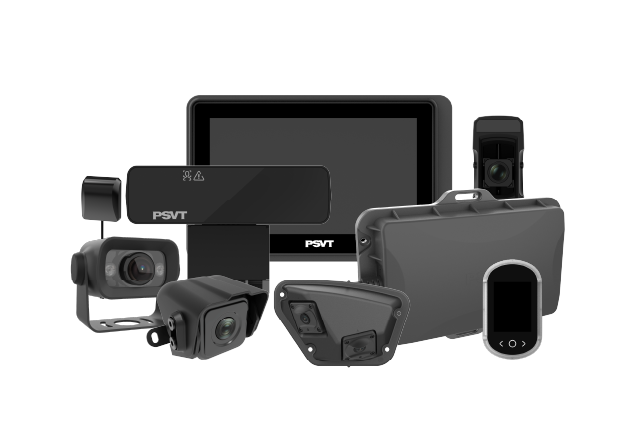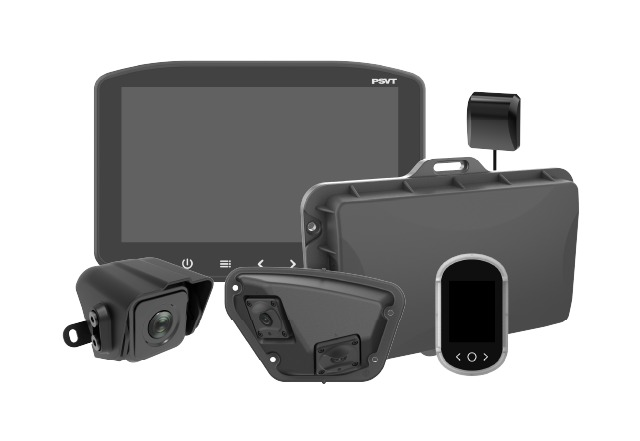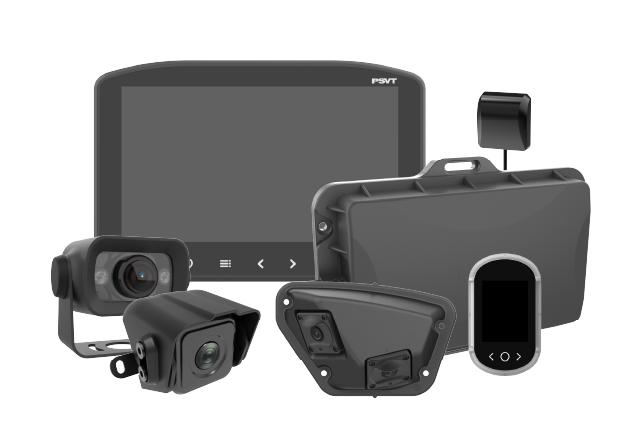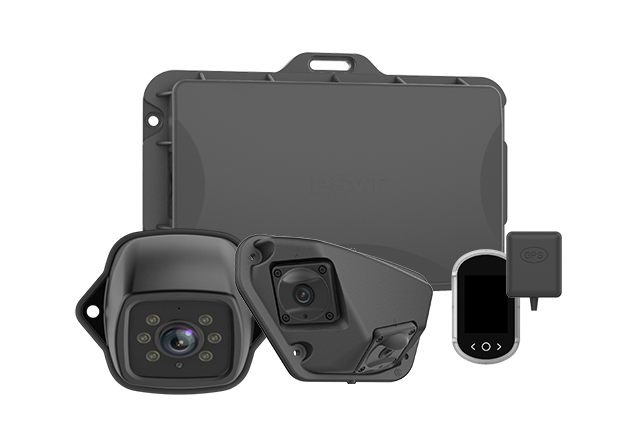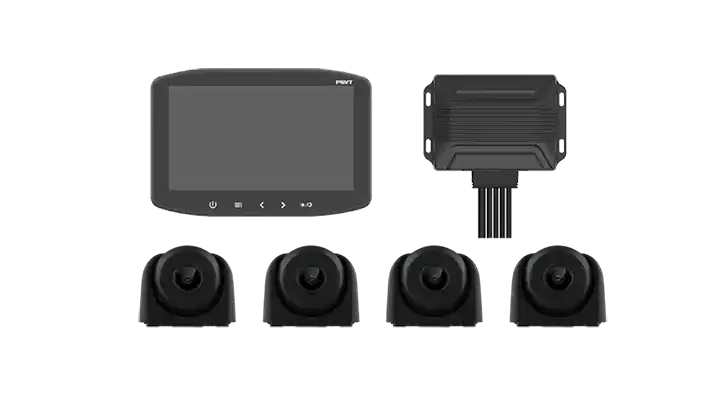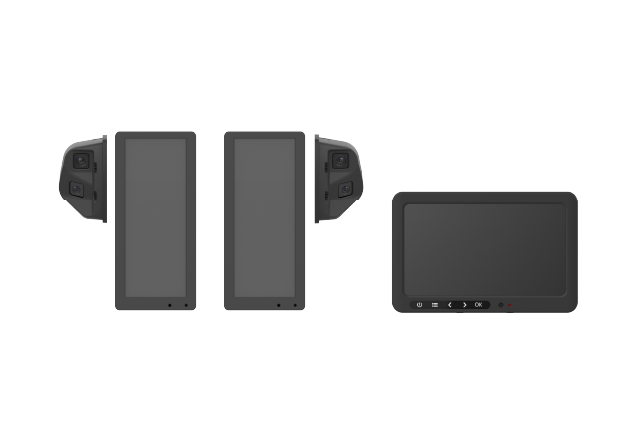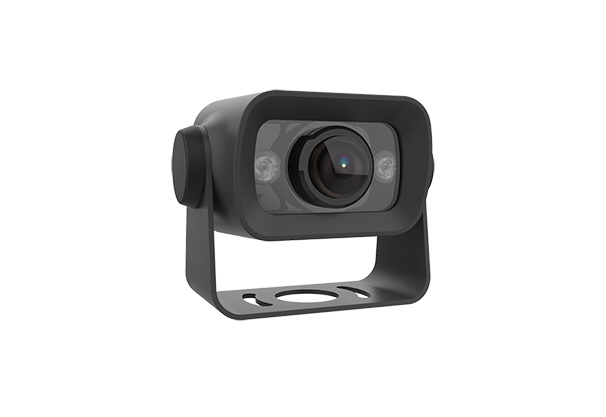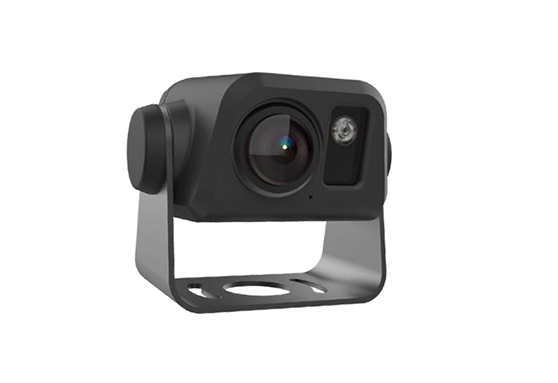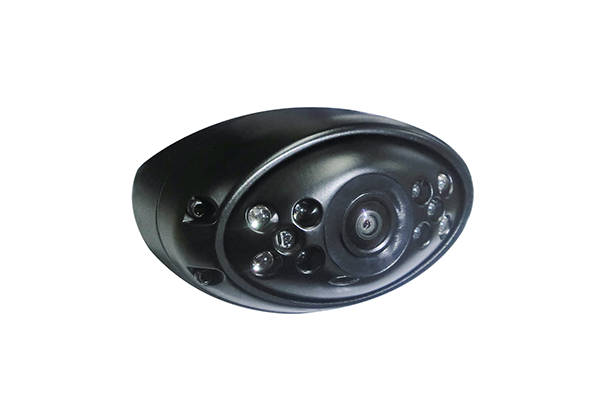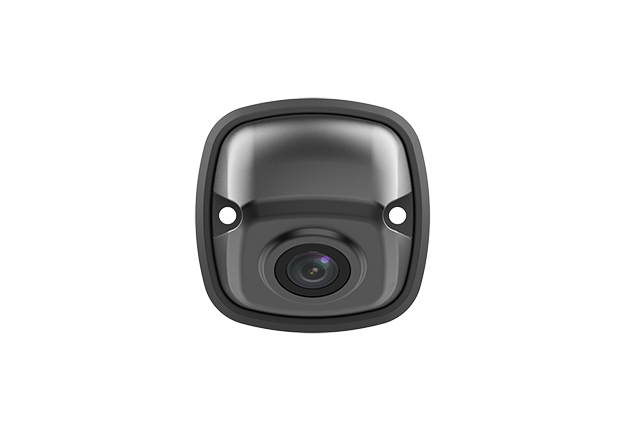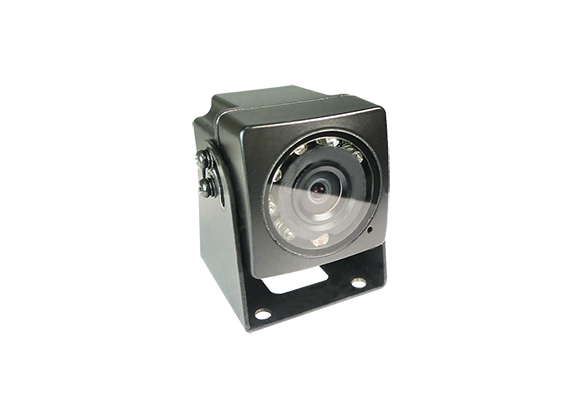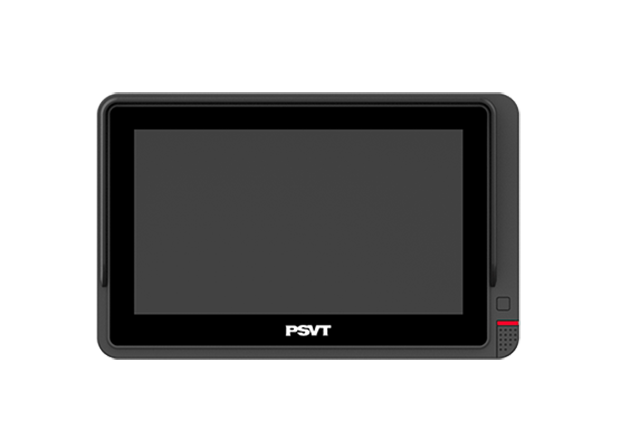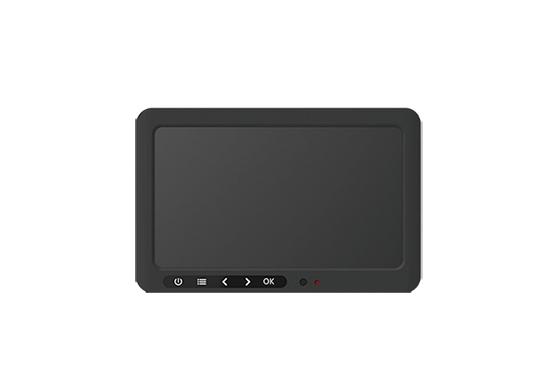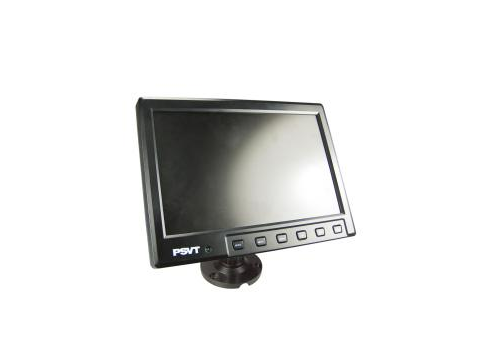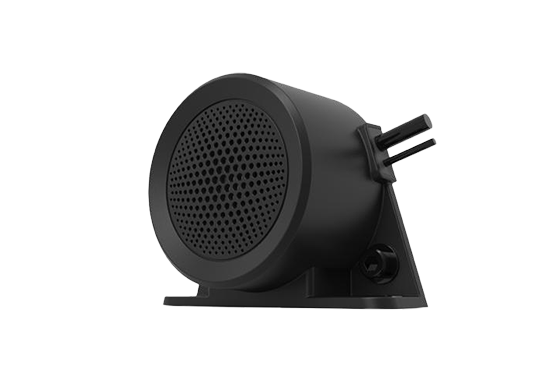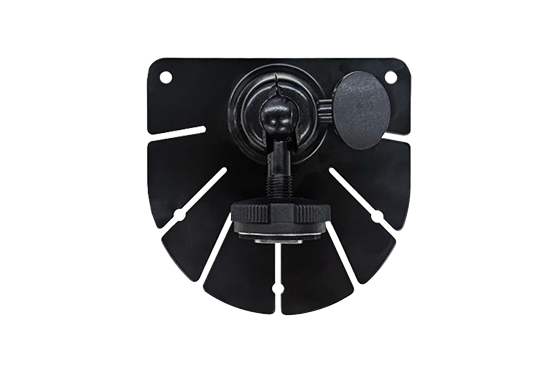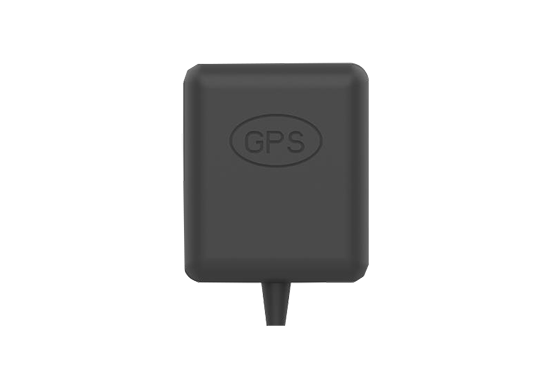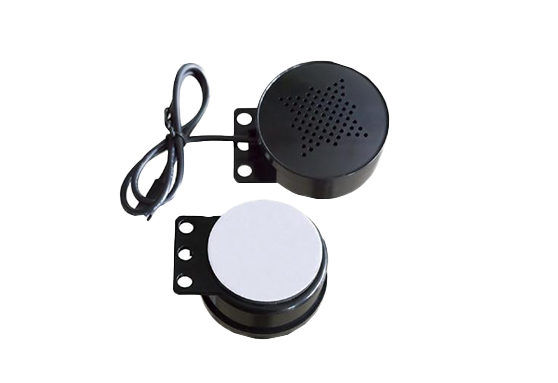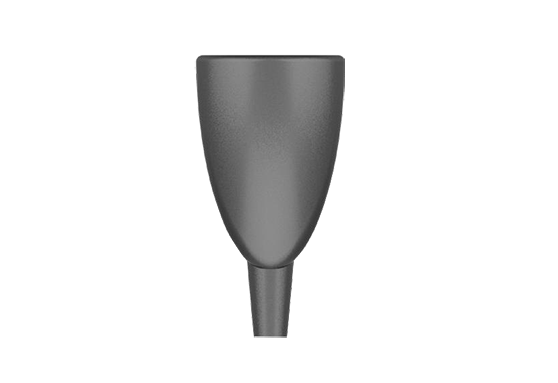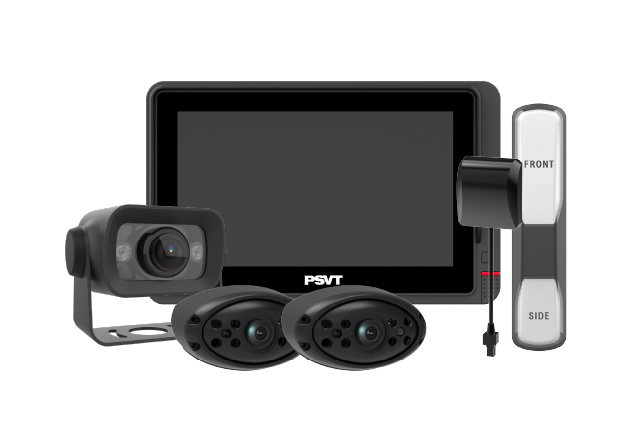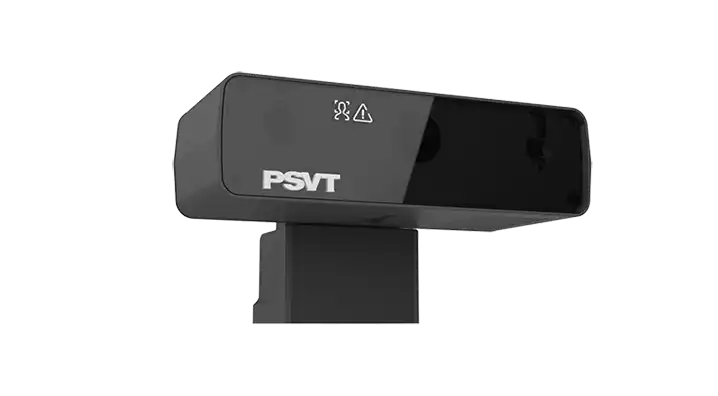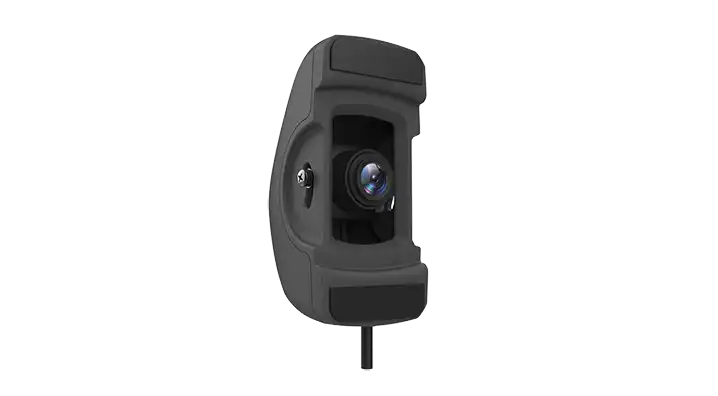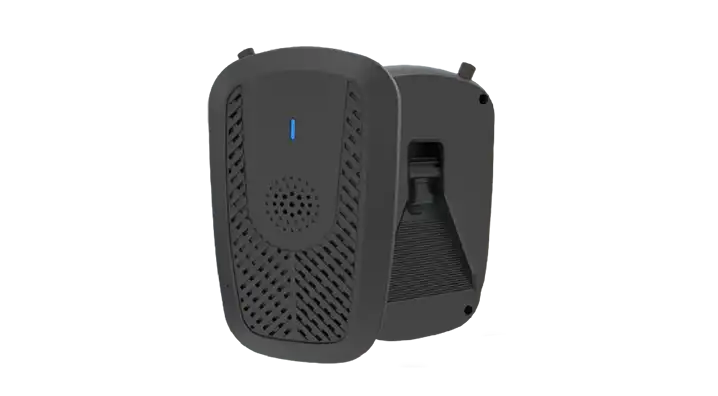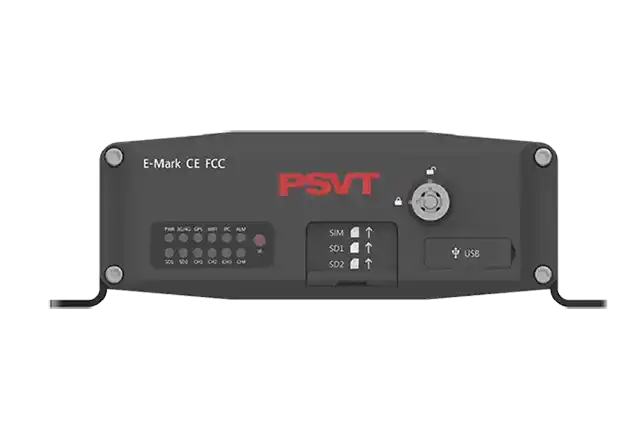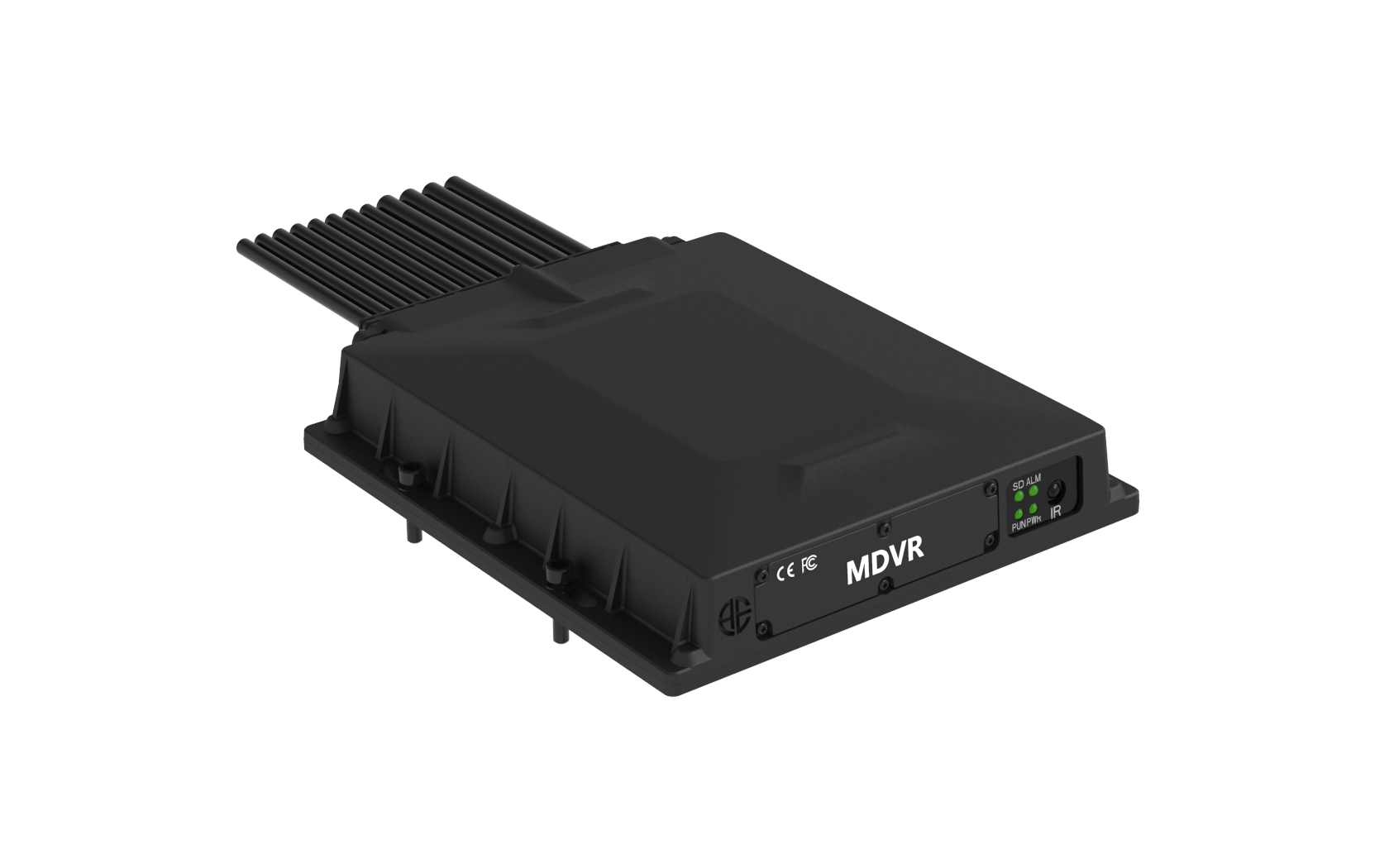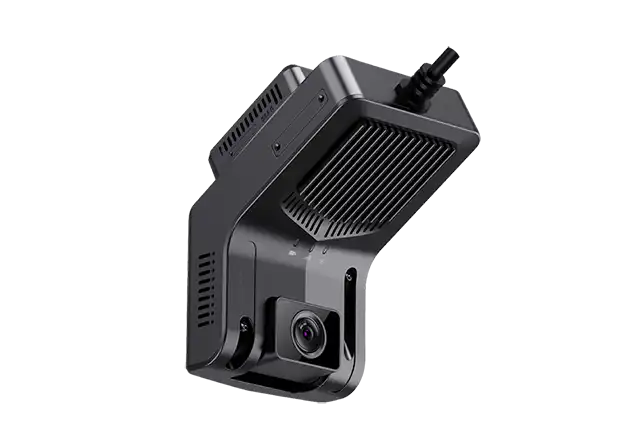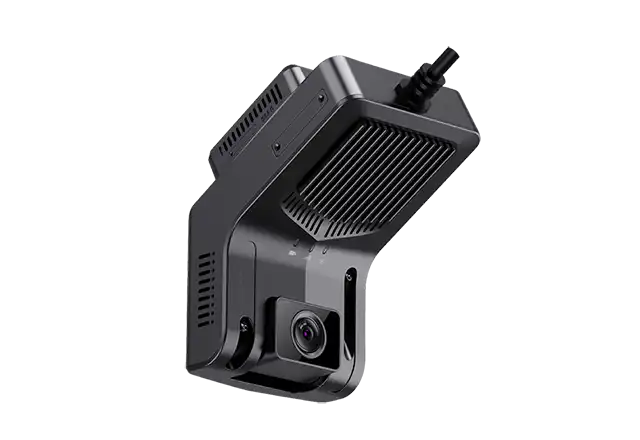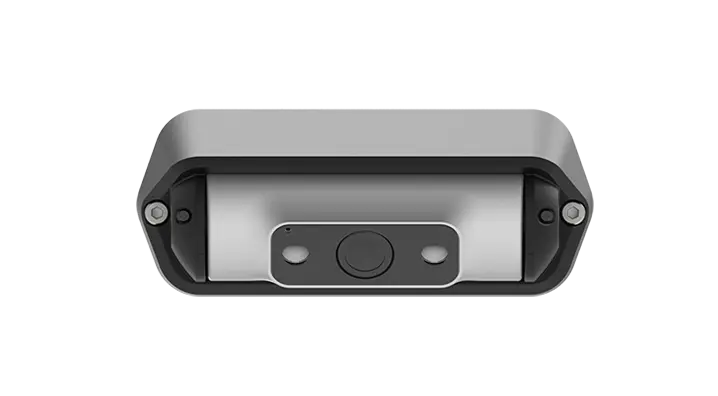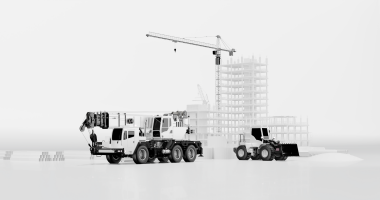The DVS Progressive Safety System (PSS) is a game-changer in the commercial vehicle industry, ensuring that fleets meet London's Direct Vision Standard (DVS) Phase 2 regulations. Designed to enhance road safety and reduce blind spot accidents, the DVS Progressive Safety System is now a mandatory requirement for HGVs (Heavy Goods Vehicles) over 12 tonnes operating in Greater London.
With stricter enforcement starting from October 2024, vehicles must either meet a three-star direct vision rating or be equipped with the DVS Progressive Safety System to comply with Transport for London (TfL) standards. Failure to comply can result in fines of up to £550 per day.
In this guide, we explore how the DVS Progressive Safety System works, its components, benefits, and why fleet operators must prioritize compliance before the deadline.
Understanding the Direct Vision Standard (DVS) and PSS
What is the Direct Vision Standard (DVS)?
The Direct Vision Standard (DVS) was introduced by Transport for London (TfL) to improve truck driver visibility and reduce accidents caused by blind spots. DVS assigns a star rating (0-5) to HGVs based on how much the driver can see directly through the cab windows without relying on cameras or mirrors.
- 0-star vehicles (poor visibility) must install the Progressive Safe System (PSS) to operate legally.
- 3-star or higher vehicles are automatically compliant without additional modifications.
What is the DVS Progressive Safety System (PSS)?
The DVS Progressive Safety System (PSS) is an advanced blind spot monitoring system that ensures low-star-rated HGVs meet TfL's safety regulations. It integrates AI-driven cameras, radar sensors, and alerts to enhance the driver's awareness of vulnerable road users like pedestrians and cyclists.
By equipping commercial vehicles with the DVS Progressive Safety System, fleet managers can comply with regulations, avoid fines, and improve road safety.
Key Components of the DVS Progressive Safety System
To meet DVS Phase 2 compliance, the Progressive Safe System (PSS) must include the following safety components:
1. Blind Spot Information System (BSIS)
- Uses AI-powered cameras and radar sensors to detect cyclists, pedestrians, and obstacles in the truck's blind spots.
- Issues real-time audible and visual alerts to warn the driver.
- Meets EU UN ECE R151 standards for commercial vehicle safety.
2. Moving Off Information System (MOIS)
- Detects vulnerable road users in front of the vehicle during low-speed maneuvers.
- Provides automatic collision warnings if a cyclist or pedestrian enters the danger zone.
- Complies with UN ECE R159 safety regulations.
3. Left-Turn Warning System
- Alerts cyclists and pedestrians when the vehicle is making a left turn.
- Uses external speakers to issue audible warnings for enhanced safety.
4. Class V and VI Mirrors
- Improves driver visibility of blind spots through high-mounted side mirrors.
- Ensures compliance with HGV mirror regulations.
5. Side Underrun Protection
- Physical barriers installed on both sides of the truck to prevent cyclists from being dragged under the wheels.
6. External Audible Warning System
- Plays automatic safety messages to warn road users when the truck is turning or reversing.
- Enhances situational awareness for pedestrians and cyclists.
Benefits of the DVS Progressive Safety System for Fleets
1. Compliance with DVS Regulations
- Prevents fines of up to £550 per day for non-compliant vehicles.
- Ensures that fleets can legally operate within Greater London.
2. Improved Safety for Vulnerable Road Users
- Reduces the risk of blind spot collisions with cyclists, pedestrians, and motorcyclists.
- Enhances driver awareness with real-time alerts and warnings.
3. Lower Insurance Costs
- Many insurance companies offer discounted premiums for vehicles with DVS-compliant safety systems.
- Reduces liability risks and legal claims from accidents.
4. Protecting Fleet Reputation
- Demonstrates a company's commitment to road safety and corporate responsibility.
- Helps businesses build trust with clients and regulatory authorities.
5. Future-Proofing Against Stricter Regulations
- As cities worldwide adopt similar safety regulations, early adoption of the DVS Progressive Safety System ensures long-term compliance.
How to Get a DVS Safety Permit with the PSS?
Step 1: Check Your Vehicle's DVS Star Rating
- Visit the TfL website to check if your vehicle is 0-star rated and requires the DVS Progressive Safety System.
Step 2: Install a Compliant PSS Kit
- Choose a certified supplier (such as AUTOEQUIPS) that provides TfL-approved safety kits.
Step 3: Gather Required Documents
- Submit a self-certification document confirming that the vehicle meets all PSS requirements.
Step 4: Apply for a DVS Permit
- Submit the application online via TfL's DVS portal.
- If approved, the permit is issued within 10 working days.
Why Choose AUTOEQUIPS for DVS Compliance?
AUTOEQUIPS is a leading provider of commercial vehicle safety solutions, specializing in:
- DVS Progressive Safety System (PSS) kits compliant with TfL regulations.
- BSIS, MOIS, AI Cameras, and radar-based safety systems.
- Expert fleet consultation and installation support.
- Long-term warranty and after-sales service.
With over 20 years of experience, AUTOEQUIPS has helped hundreds of fleets meet regulatory standards and enhance vehicle safety.
Secure your DVS safety permit today with AUTOEQUIPS' certified PSS solutions!
Final Thoughts: Is Your Fleet Ready for the DVS Progressive Safety System?
With the October 2024 DVS Phase 2 deadline approaching, fleet operators must act now to ensure compliance. The DVS Progressive Safety System is not just about meeting regulations—it's about saving lives, protecting fleets, and improving road safety.
By installing an approved PSS kit, fleet managers can avoid fines, reduce insurance costs, and enhance their reputation while future-proofing their vehicles against stricter safety laws.
Don't wait—get your DVS compliance sorted today!

